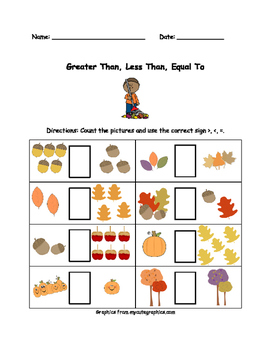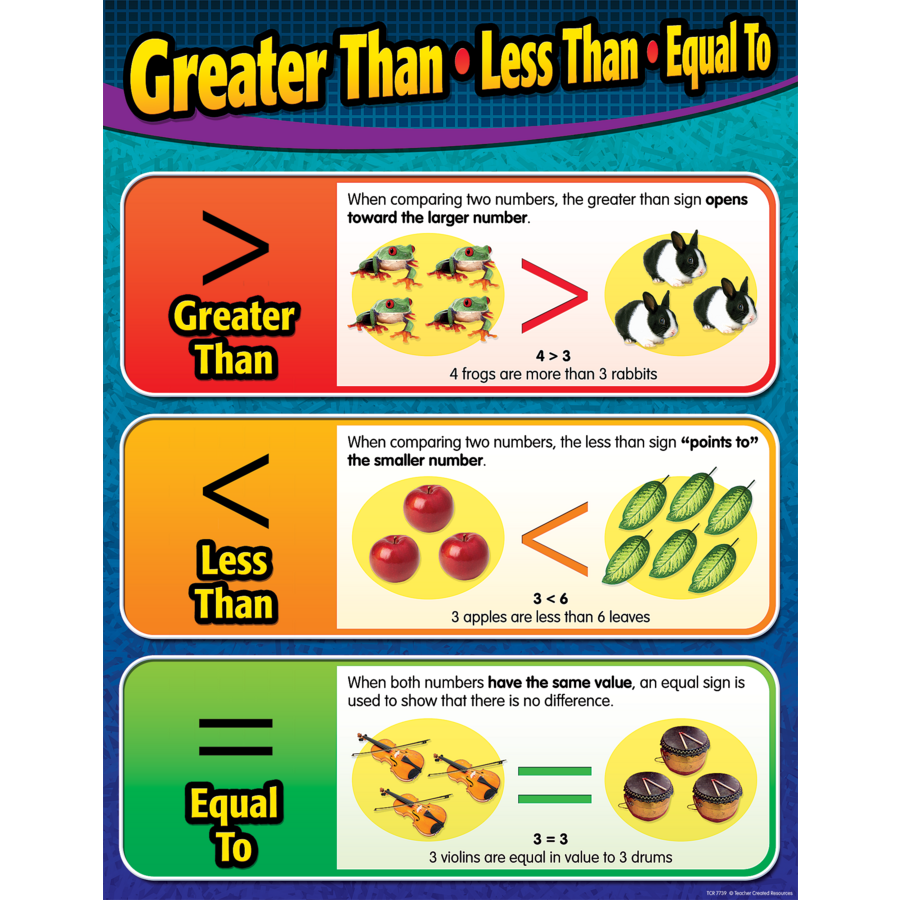

Of these over 650 million adults were obese. In 2016, more than 1.9 billion adults aged 18 years and older were overweight.Charts and tables: WHO growth reference for children aged between 5–19 years.obesity is greater than 2 standard deviations above the WHO Growth Reference median.overweight is BMI-for-age greater than 1 standard deviation above the WHO Growth Reference median and.Overweight and obesity are defined as follows for children aged between 5–19 years: Charts and tables: WHO child growth standards for children aged under 5 years.obesity is weight-for-height greater than 3 standard deviations above the WHO Child Growth Standards median.overweight is weight-for-height greater than 2 standard deviations above WHO Child Growth Standards median and.However, it should be considered a rough guide because it may not correspond to the same degree of fatness in different individuals.įor children, age needs to be considered when defining overweight and obesity.



 0 kommentar(er)
0 kommentar(er)
